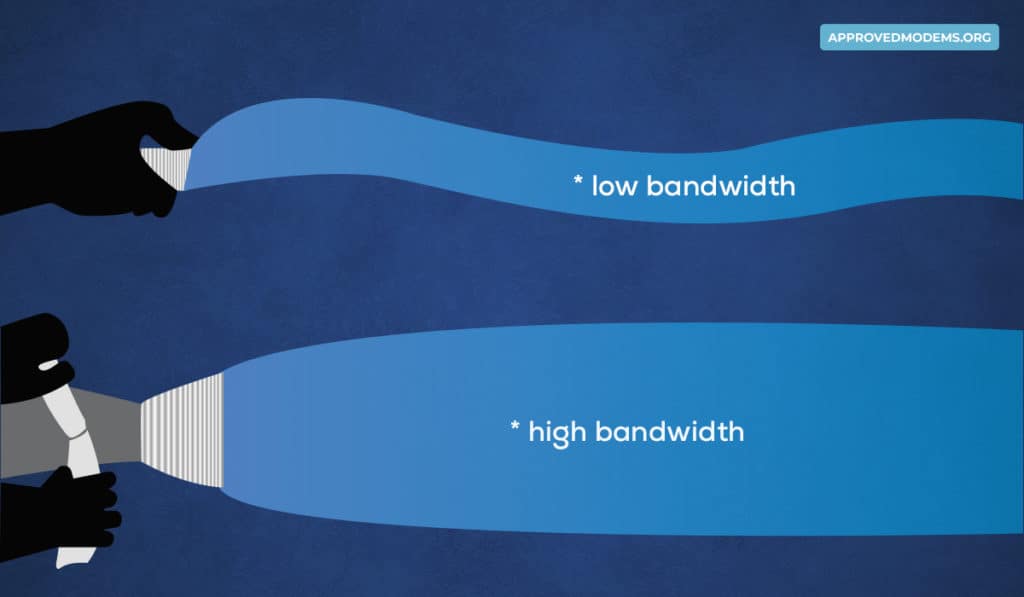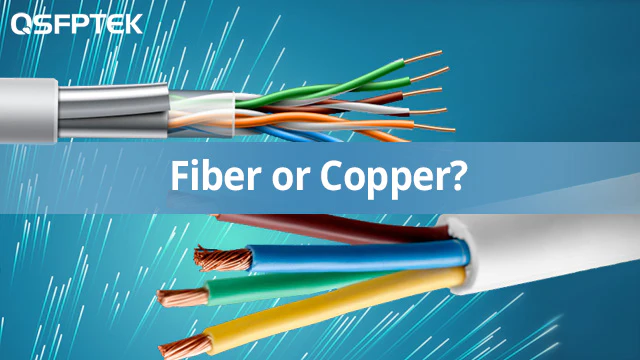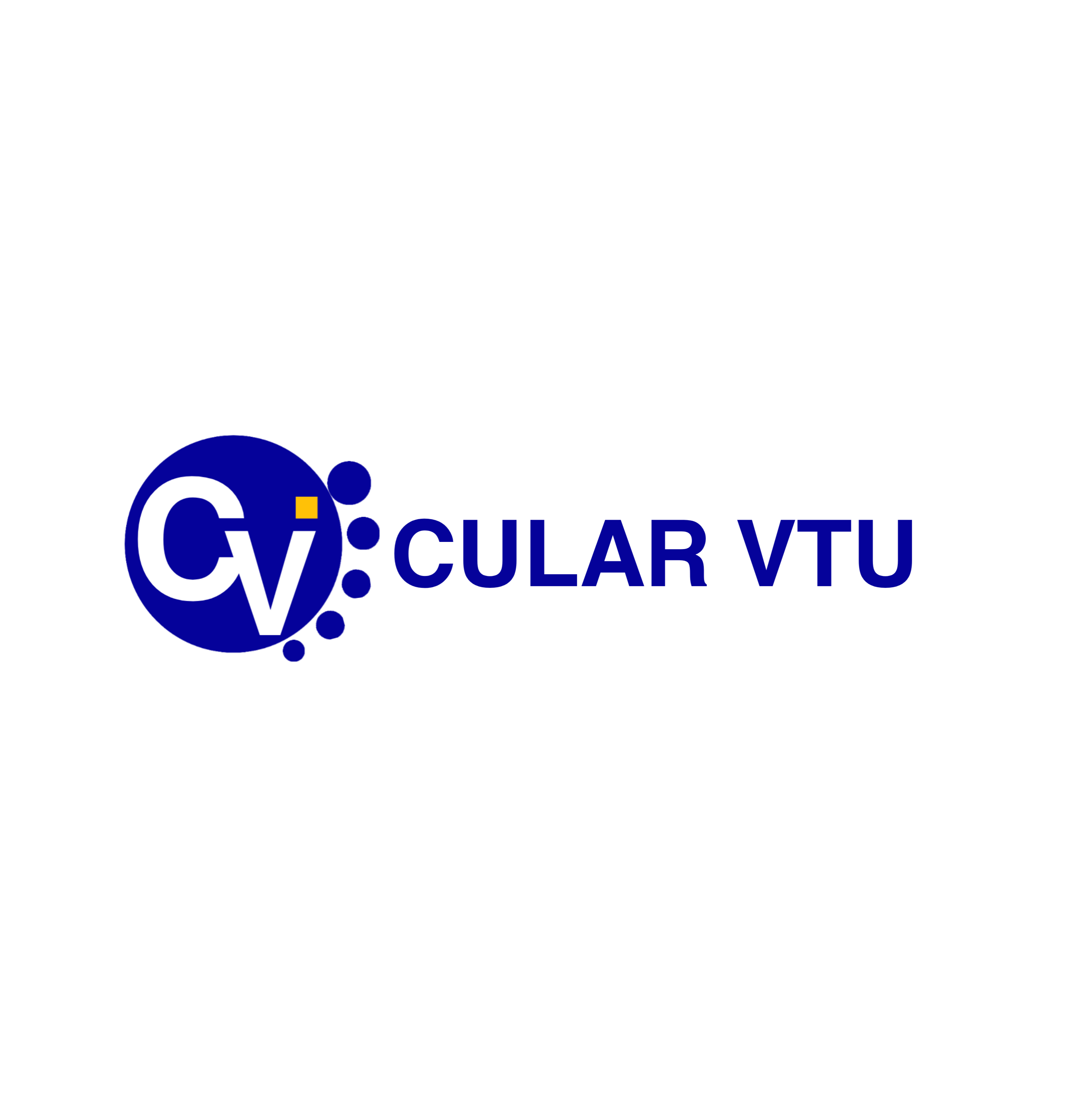An Overview of Fiber Cables
Page Contents
ToggleFrom our last discussion on fiber optics, we already know that fiber cable is the science of transmitting data, voice, and images through the passage of light through thin, transparent fibers. We shall thus talk about the advantages of fiber optics over copper cables in this context (fiber cables vs. copper cables).

Introduction to Copper Cables
Copper cables are single electrical conductors, either insulated or uninsulated, that are used for electric motors, lighting, heating, communication, and networking. With a small amount of resistance to the passage of electricity, copper is the conductor that is most frequently used in various types of electrical wiring.

Significance of Fiber Cables Vs Copper Cables
Does the bandwidth offered by copper high-speed Internet and fiber Internet differ significantly from one another? The significance of copper cables vs fiber cables and how they influence data transmission, network dependability, and the overall evolution of telecommunications networks is discussed
Advantages of Fiber Optic Cables Over Copper Cables
1. High Bandwidth

The easiest way to define bandwidth is to define it as the highest rate at which data may be transferred (usually over the Internet) or as the capacity of a network, which is usually measured in megabits per second (Mbps) or gigabits per second (Gbps).
Although copper high-speed Internet providers rarely provide this functionality, fiber technology providers give consumers “symmetrical bandwidth,” or equal rates for both uploads and downloads.
If you need to send a signal over longer distances, fiber optic cables are a better option because copper cables can only send data for up to 100 meters. In contrast, certain single-mode fiber-optic cables can send data up to 25 miles.
2. Durability
Copper cable is easily damaged by accident or during installation. Copper has a poor tension tolerance despite its massive size. Fiber is more resilient, lightweight, and smaller than copper cabling; intentional vandalism is usually the only way to break it. However, as fiber is composed of glass, care must be taken when handling it. To increase its durability, it is usually covered with a layer of protection.
3. Safety

Fiber optic lines don’t transport electrical impulses and are extremely difficult to tap into, offering far greater data security. By keeping a check on the power transfer, one can easily identify compromised or damaged cable, while copper connections are still vulnerable to tapping, which could compromise your network or even slow down your internet.
4. Resistance to Electromagnetic Interference
One particular benefit of fiber optic cables is that they are not exposed to electromagnetic interference (EMI), while copper cables can be affected by external electromagnetic fields. Because fiber optic cables offer steady and interference-free data transmission, they are particularly useful in high-EMI contexts, including industrial settings or places with a lot of electrical gadgets. The quality and dependability of data transfer over fiber optic networks are greatly enhanced by their insensitivity to electromagnetic interference.
5. Low Signal Loss
While copper cables suffer signal attenuation, fiber optic cables are distinguished by their remarkable signal integrity, boasting negligible signal loss over extended distances. Fiber optics preserve the integrity and clarity of data, allowing for dependable and high-performing transmission, and are the best option for long-haul telecommunications infrastructure because of their low signal loss characteristic, which is a result of the special qualities of glass or plastic fibers.
Conclusion
With the introduction of optical cable, copper has been completely replaced in all aspects of network transmission due to its ever-reducing cost, higher capacity, exceptionally high speed and long transmission distance, outstanding dependability, and ideal security. The most widely used technology for modern cabling installations and upgrades, including foundations and even desktop applications, is fiber optic cable.






